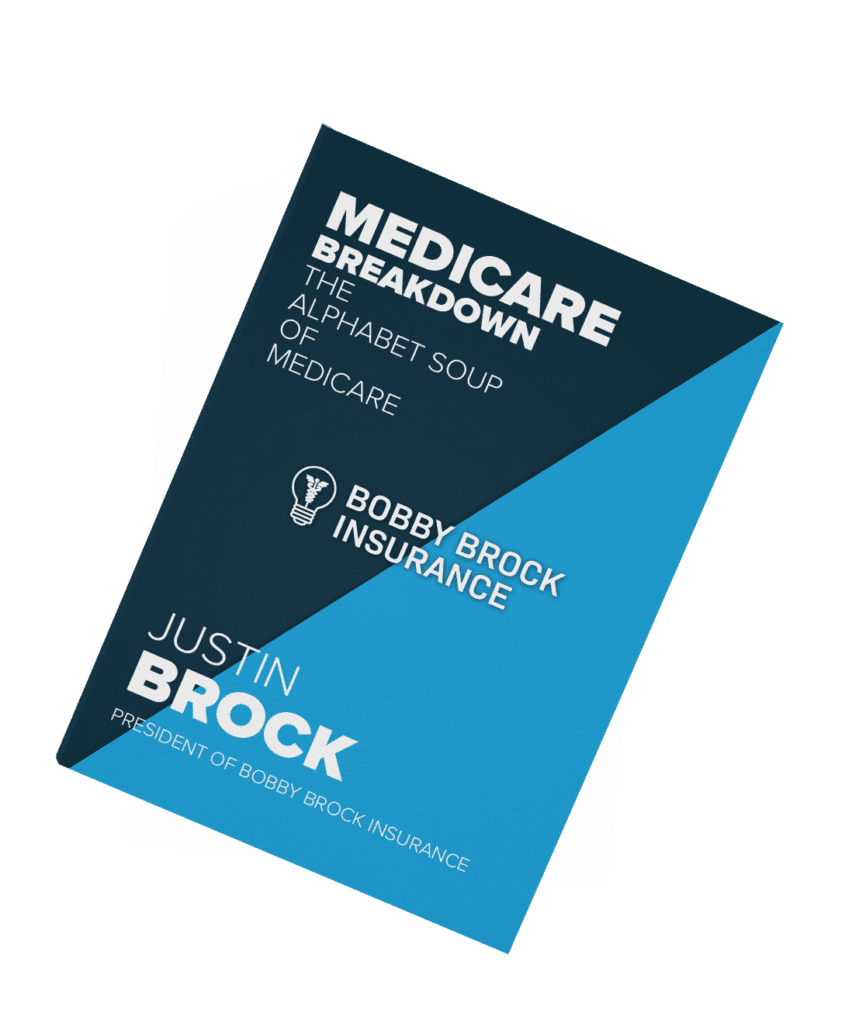Depending on which plan you choose, out-of-pocket costs and coverage from Medicare can vary. Original Medicare Parts A and B, Medicare Advantage Plans, and Medicare Part D prescription drug coverage can all come with monthly premiums, deductibles, coinsurance, and copayments that may or may not be covered. Here’s a list of what might be an expected out-of-pocket cost for each plan:
Original Medicare Part A
Premium: Original Medicare Part A can actually be free to certain beneficiaries as long as they have worked for more than 10 years, or 40 quarters, and paid taxes for Medicare. This means that there will be no monthly premium payment. However, if you have worked less than 40 quarters, between 30 and 39, in 2020 you’ll be paying $252 every month for your premium. Less than 30 quarters will raise your premium to $458.
Deductible: The deductible for Original Medicare Part A is not a yearly deductible. The deductible for 2020 is set to $1,408 which helps cover the share of costs when a beneficiary is admitted into the hospital for inpatient services. Part A will cover the first 60 days of inpatient hospital care that is covered by Medicare, which will be the benefit period. This means that the benefit period will actually start once you’re admitted into the hospital and will end once you’ve been out for 60 days. If you happen to be admitted again after those 60 days are over, a new benefit period will start and you’ll receive the same deductible. If you are in the hospital longer than 60 days, you will be required to pay a daily copayment.
Coinsurance: The amount you pay for coinsurance will actually be dependent on how long you are admitted as an inpatient in the hospital or at a skilled nursing facility. For 2020 the
Copays for Hospital stay of each benefit period:
- First 60 days: $1,408
- 61-90 days: $352 per day
- After 90 days: $704 for each lifetime reserve day
- After day 365 Medicare coverage ends
- A Medicare supplement policy can pay all these costs for you.
Copays for Skilled Nursing Facility stay of each benefit period:
- First 20 days: $0
- 21-100 days: $176 per day
- After 100 days: All costs for each day
- A Medicare supplement policy will pay the copays for up to 100 days
Original Medicare Part B
Premium: It’s important to note that your eligibility for Medicare is not determined by your income. However, it can determine how much you’ll pay for your monthly premium. For Medicare Part B, if your income is higher than a certain amount, you more than likely will have to pay the standard premium amount which is $144.60 for 2020. An income adjustment amount might be included on top of that as well. However, if you enroll in Medicaid, then that can provide you with assistance to help pay your premium.
Deductible: The standard amount for Medicare Part B’s deductible is $198. This is a yearly deductible.
Coinsurance: While some services such as routine screenings are of no cost to the beneficiary, most of the time, a 20% coinsurance is necessary to be paid for other covered services.
Medicare Part C (Medicare Advantage Plans)
The costs for the monthly premium, deductibles, copayments, and coinsurance actually depends on which plan you choose. It also depends on which area of the country and state you live. Costs can be less in large urban areas where there are more than one hospital because of competition. For some, the premium can be as low as $0, but there will still be some copays and coinsurance to pay. However, each Medicare Part C plan is expected to have an out-of-pocket maximum, which is $6,700, but might be higher (up to $10,000) if the plan you choose is with an out-of-network provider. If you choose an HMO plan, you would be required to use a plan provider to receive benefits except in the case of an emergency.
Medicare Part D (Prescription Drug Coverage)
Premium: The premium payment for Medicare Part D does vary among different plans, but just like Medicare Part B, your income can also play a big role in the amount you pay. Each plan also has its own formulary list which consists of different prescriptions that are covered. Depending on what prescriptions you’ll need, you’ll need to look through those lists to determine which plan works best for you. Going with a cheaper plan may not be your best option if it doesn’t cover what you need.
Deductible: Medicare Part D will not cover your prescriptions if the deductible is not paid first. The highest deductible a plan can charge for Part D is $435, but do note that some plans will offer lower deductibles.
Coinsurance/Copayments: The coinsurance and copayments will vary depending on the plan you choose and what prescriptions you have.
Coverage Gap: Also called the “donut hole,” the coverage gap starts after a specific amount ($4,020) has been spent by you and your plan to cover your prescriptions. While not every beneficiary will enter the coverage gap, if they do, then no more than 25% will need to be paid for the cost of the prescription as long as it was previously covered by your plan. How this works is that the manufacturer will pay 70% so the price can be discounted, and your plan will pay 5% of whatever the cost is, making it a total coverage amount of 75%. That leaves you to pay the remaining 25%. The combined percentage of what you and the manufacturer will pay (95%) will count toward your out-of-pocket spending.
Catastrophic Phase: If you and your plan happen to go over the coverage gap amount and reach a total of $6,350 combined, you’ll no longer be in the coverage gap phase. You will jump straight into the catastrophic phase which means you’ll be paying a coinsurance payment or copay for every prescription you need. As of 2020, the copays for prescriptions are set to $3.60 and $8.95. Even though drug costs decrease once an individual reaches the catastrophic phase, costs can still become expensive with added copays, coinsurance, or if the medication needed is already expensive.
Penalty for Late Enrollment: You will owe the late enrollment penalty if you go 63 days or more after your Initial Enrollment Period is finished, without enrolling in Medicare Part D or some other creditable plan that will cover your prescriptions. The penalty will be added to your monthly premium but the amount will be determined by how long you didn’t have the Medicare Part D prescription drug coverage.
Have any questions or concerns?
At Bobby Brock Insurance, we offer Medicare help for free! If you have any other questions regarding out-of-pocket costs and coverage from Medicare, our well-trained and experienced agents are here to give you the answers you need. We can help you compare costs of plans, estimate your savings, and help you with the enrollment process, so give us a call at 662-844-3300.
Related Blog Posts
-
2022 Medicare premium and cost sharing increase information has been officially released, and the picture is not as pretty as…
-
Currently, the 2021 Medicare Part B premium is $148.50. That is the amount that most people pay for their Part…













